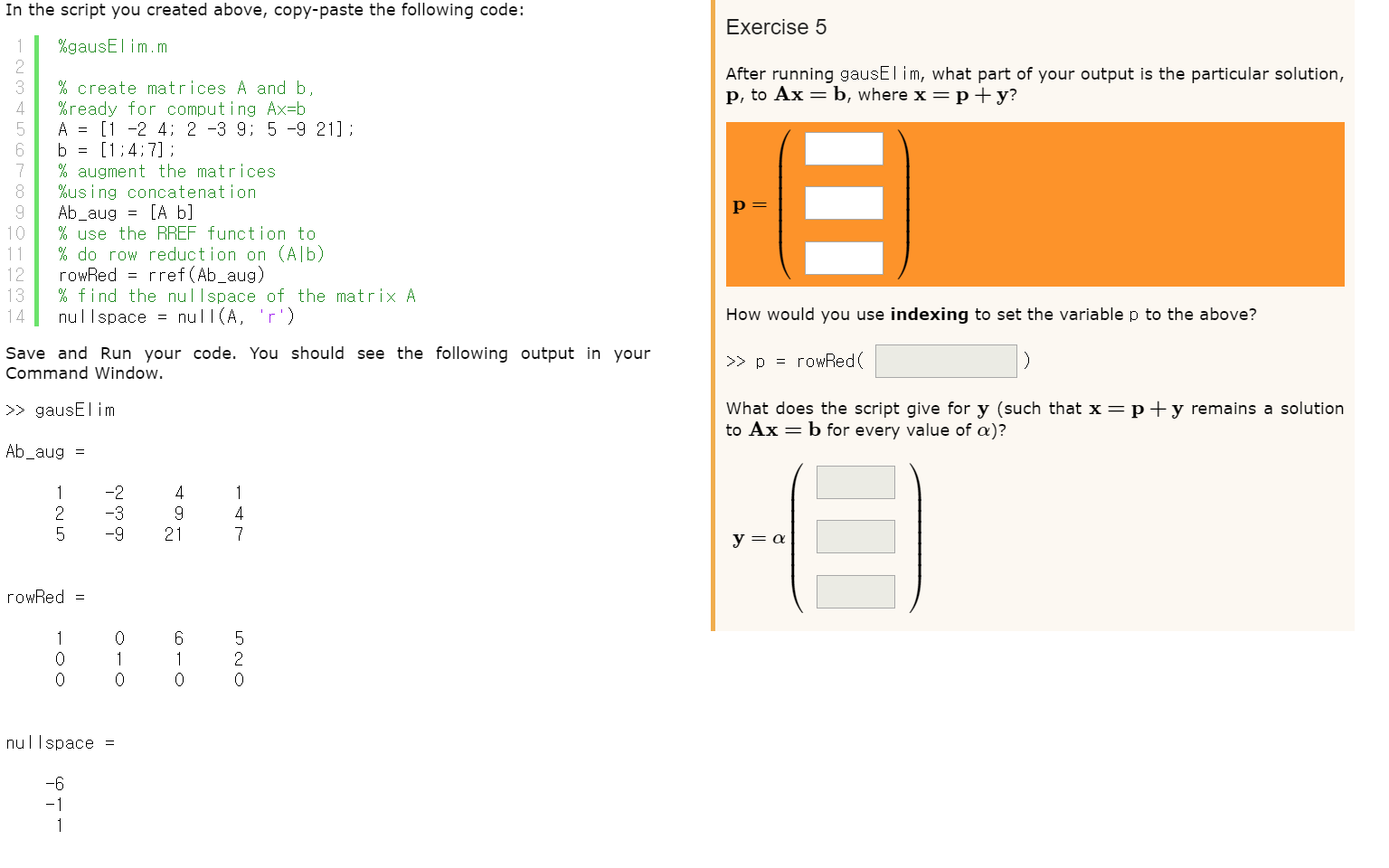Concatenate Strings
Concatenate vectors after converting to character.
I upgraded to Fusion 6. Charles 4 2 8 download free. 0.2 and re-installed the latest tools from com.vmware.fusion.tools.darwin.zip.tar downloaded from CDS Repository. 0.00 g: Saturated Fat n/a g: Polyunsaturated Fat n/a g: Monounsaturated Fat n/a g: Trans Fat n/a g Cholesterol: 0 mg: Sodium: 100 mg: Potassium n/a g: Total Carbohydrate: 10.00 g: Dietary Fiber 5.00 g.
- Keywords
- character
- Understand the how and why See how to tackle your equations and why to use a particular method to solve it — making it easier for you to learn.; Learn from detailed step-by-step explanations Get walked through each step of the solution to know exactly what path gets you to the right answer.
- Download pastel version 5 for free. Business software downloads - Pastel Partner by Softline Pastel and many more programs are available for instant and free download.
Usage
Arguments
one or more R objects, to be converted to character vectors.
Paste 2 5 6 00
a character string to separate the terms. Not NA_character_.
an optional character string to separate the results. Not NA_character_.
Details
paste converts its arguments (viaas.character) to character strings, and concatenates them (separating them by the string given by sep). If the arguments are vectors, they are concatenated term-by-term to give a character vector result. Vector arguments are recycled as needed, with zero-length arguments being recycled to '.
Note that paste() coerces NA_character_, the character missing value, to 'NA' which may seem undesirable, e.g., when pasting two character vectors, or very desirable, e.g.in paste('the value of p is ', p).


paste0(…, collapse) is equivalent to paste(…, sep = ', collapse), slightly more efficiently.
If a value is specified for collapse, the values in the result are then concatenated into a single string, with the elements being separated by the value of collapse.
Value
A character vector of the concatenated values. This will be of length zero if all the objects are, unless collapse is non-NULL in which case it is a single empty string.
If any input into an element of the result is in UTF-8 (and none are declared with encoding 'bytes', see Encoding), that element will be in UTF-8, otherwise in the current encoding in which case the encoding of the element is declared if the current locale is either Latin-1 or UTF-8, at least one of the corresponding inputs (including separators) had a declared encoding and all inputs were either ASCII or declared.
If an input into an element is declared with encoding 'bytes', no translation will be done of any of the elements and the resulting element will have encoding 'bytes'. If collapse is non-NULL, this applies also to the second, collapsing, phase, but some translation may have been done in pasting object together in the first phase.
References
Becker, R. A., Chambers, J. M. and Wilks, A. R. (1988) The New S Language. Wadsworth & Brooks/Cole.
Paste 2 5 6 0 5 3x 0 7
See Also
toString typically calls paste(*, collapse=', '). String manipulation with as.character, substr, nchar, strsplit; further, cat which concatenates and writes to a file, and sprintf for C like string construction.
‘plotmath' for the use of paste in plot annotation.
Aliases
- paste
- paste0
Examples
library(base)# NOT RUN {## When passing a single vector, paste0 and paste work like as.character.paste0(1:12)paste(1:12) # sameas.character(1:12) # same## If you pass several vectors to paste0, they are concatenated in a## vectorized way.(nth <- paste0(1:12, c('st', 'nd', 'rd', rep('th', 9))))## paste works the same, but separates each input with a space.## Notice that the recycling rules make every input as long as the longest input.paste(month.abb, 'is the', nth, 'month of the year.')paste(month.abb, letters)## You can change the separator by passing a sep argument## which can be multiple characters.paste(month.abb, 'is the', nth, 'month of the year.', sep = '_*_')## To collapse the output into a single string, pass a collapse argument.paste0(nth, collapse = ', ')## For inputs of length 1, use the sep argument rather than collapsepaste('1st', '2nd', '3rd', collapse = ', ') # probably not what you wantedpaste('1st', '2nd', '3rd', sep = ', ')## You can combine the sep and collapse arguments together.paste(month.abb, nth, sep = ': ', collapse = '; ')## Using paste() in combination with strwrap() can be useful## for dealing with long strings.(title <- paste(strwrap( 'Stopping distance of cars (ft) vs. speed (mph) from Ezekiel (1930)', width = 30), collapse = 'n'))plot(dist ~ speed, cars, main = title)# }Community examples
See [`str_c()`](https://www.rdocumentation.org/packages/stringr/topics/str_c) for examples of how it differs from `paste0()`, particularly w.r.t. handling missing values.
- 5 6 7 7
- 1 2 5 10
- {
- max = a[0][0];
- {
- p2 = 0; //metka, esli v stoke est povtori
- {
- for (jj = 0; jj<*m; jj++)
- if (a[i][j] a[i][jj]) p++;
- }
- if (p1) //esli vstretilsya tolko etot element napr a[1][1] a[1][1]
- p = 0;
- if (p > 1)
- p2 = 1;
- break; //esli vstretilos bolshe, napr. : a[1][1] = a[1][3]
- }
- if (p2 1)
- if (max_prom > max) max = max_prom;
- }
- return max;
- max = max_prom;
